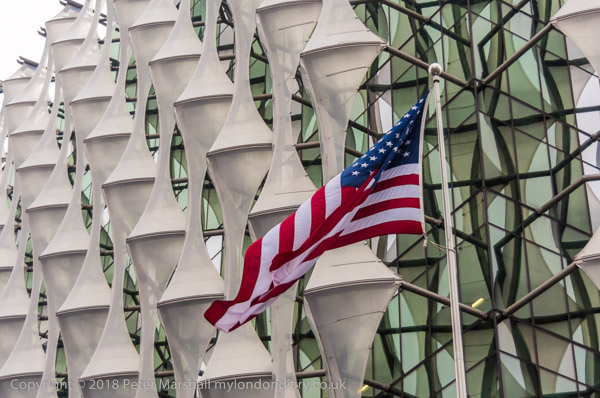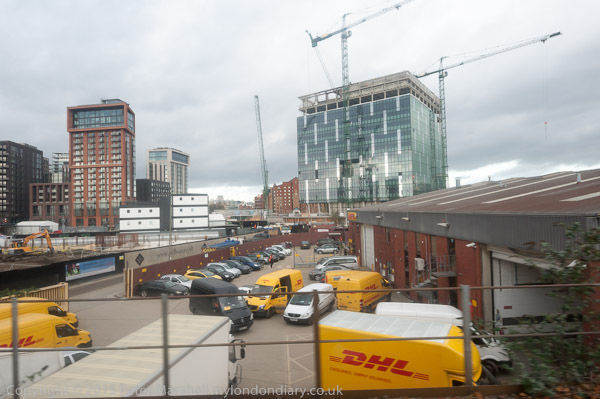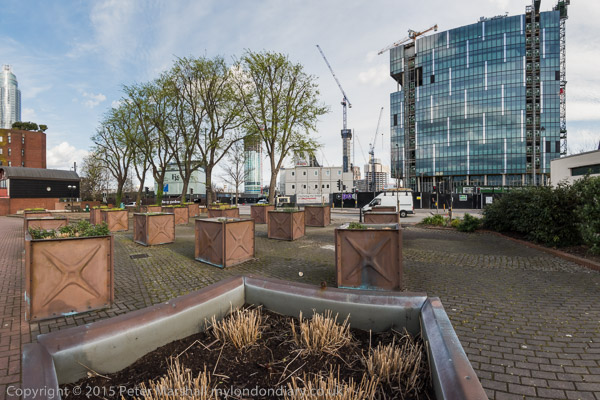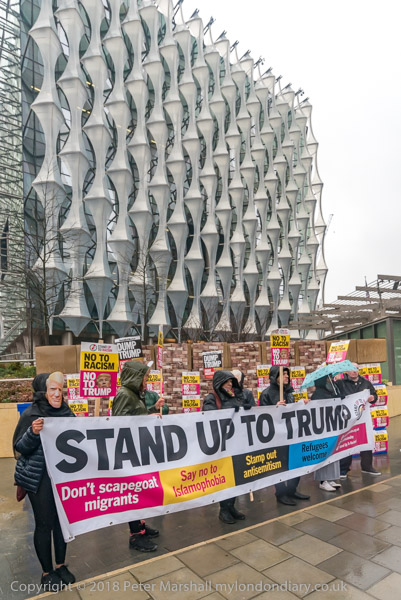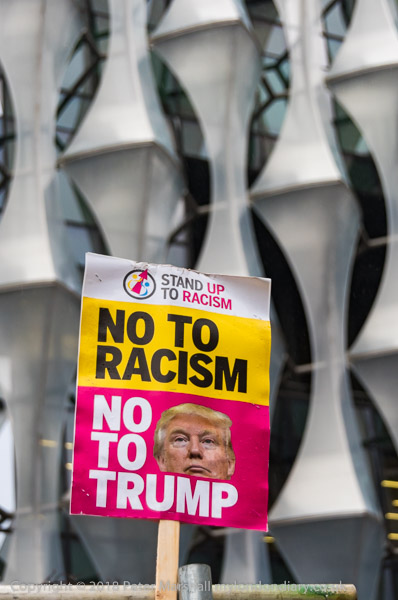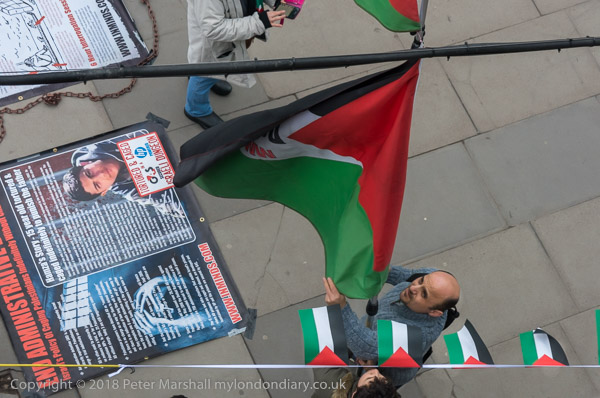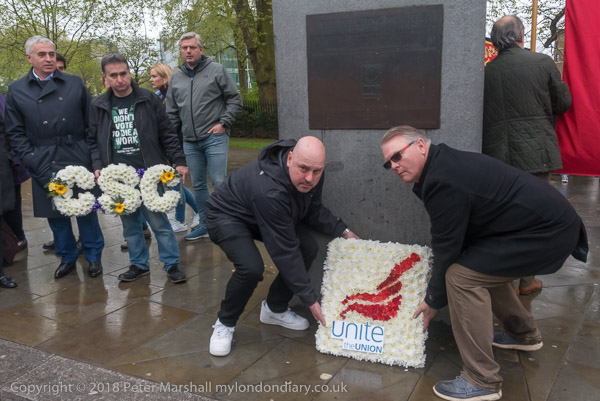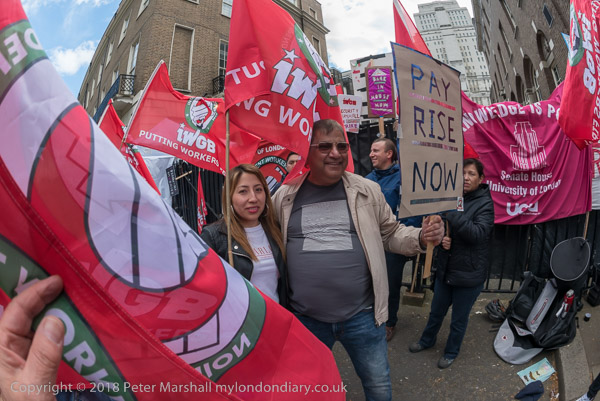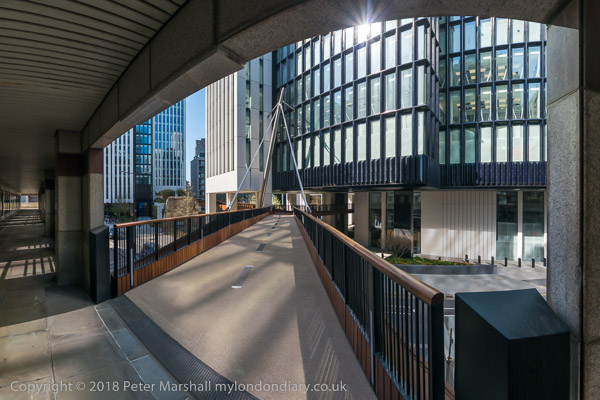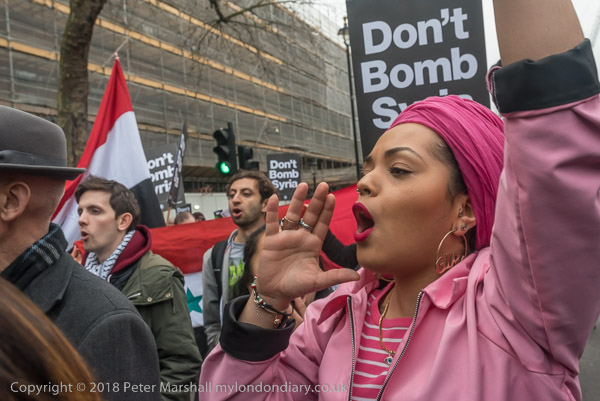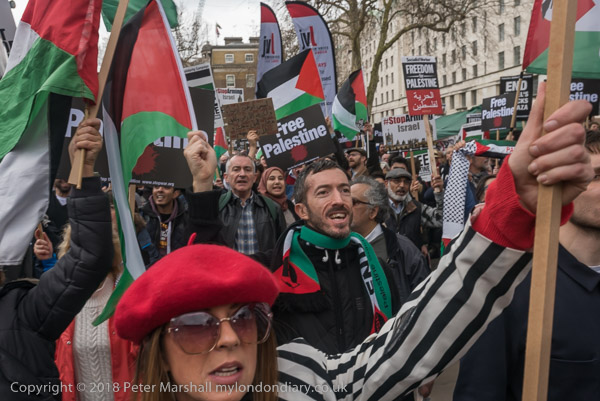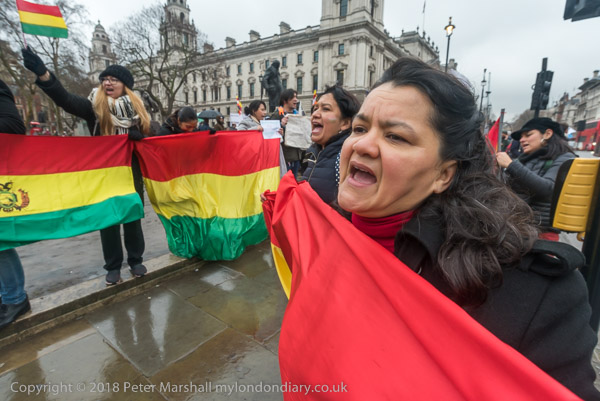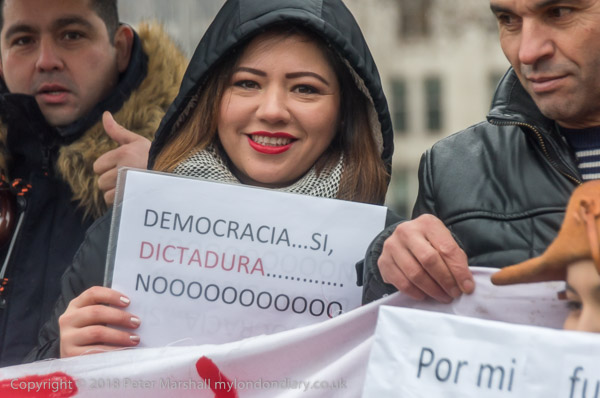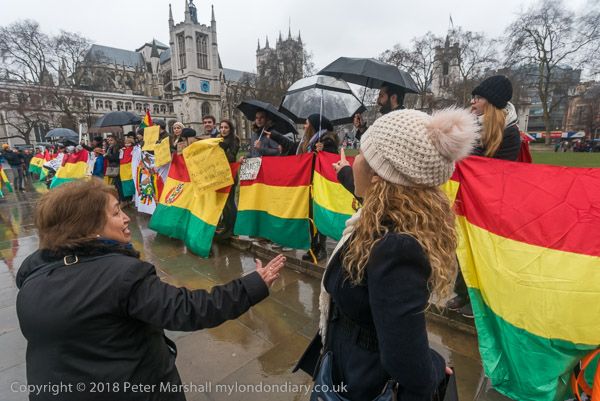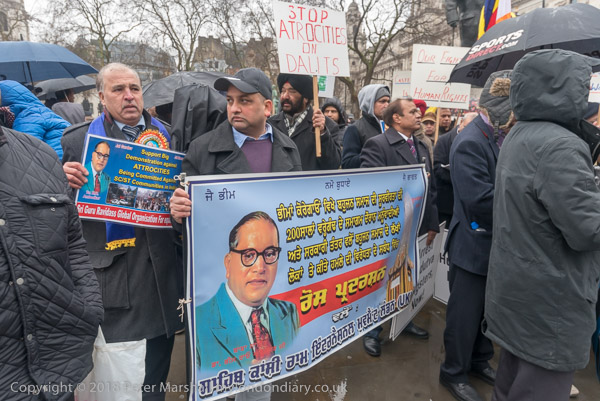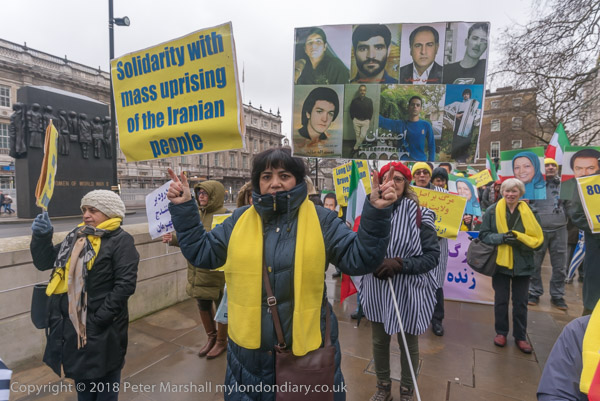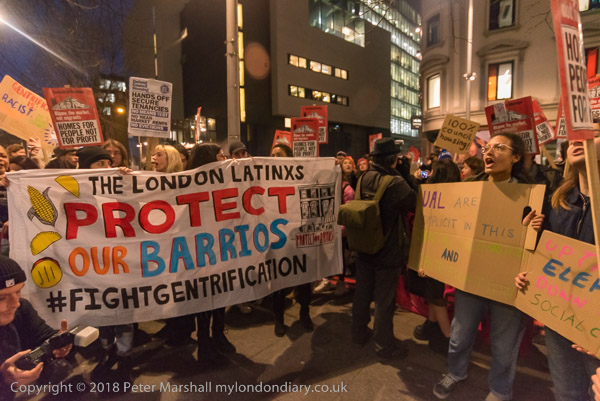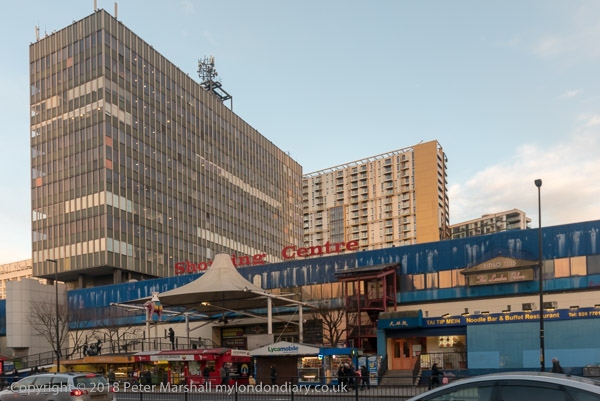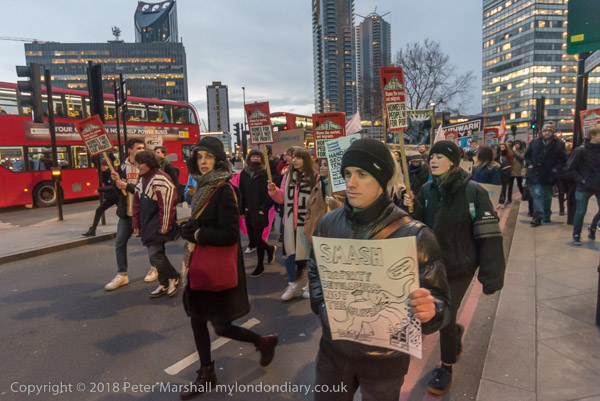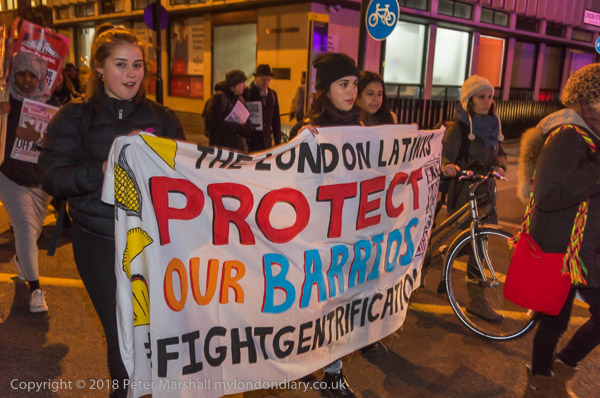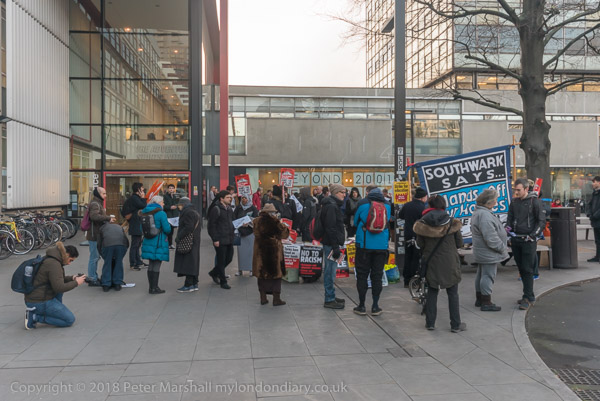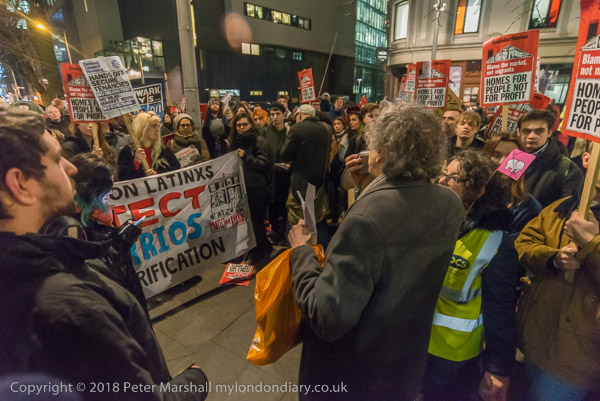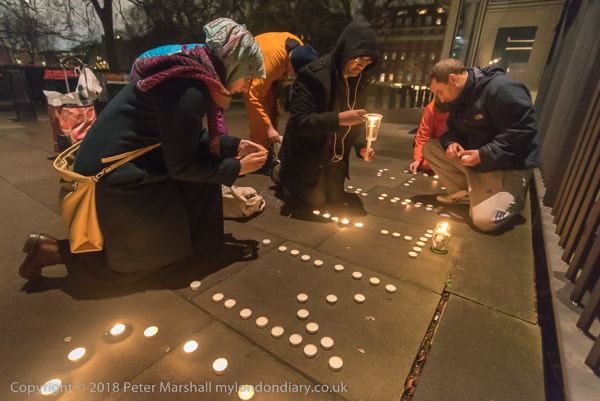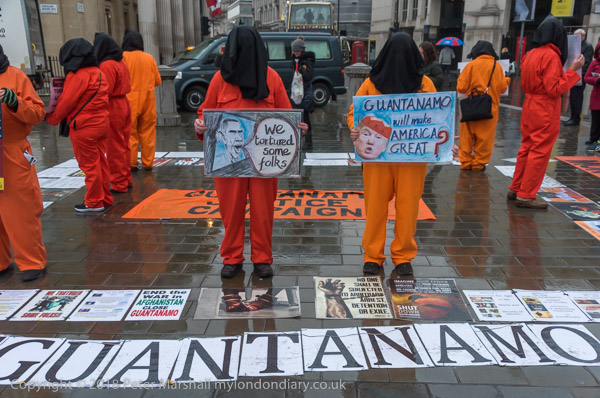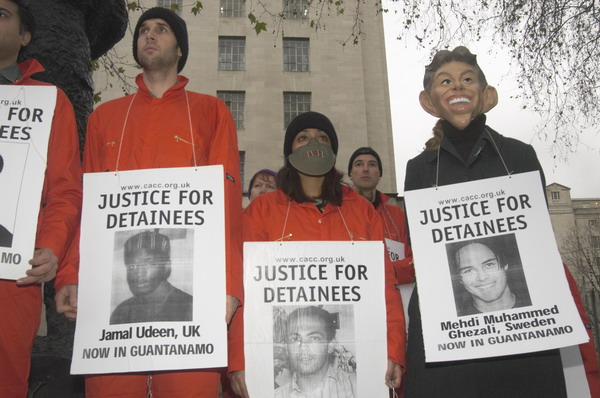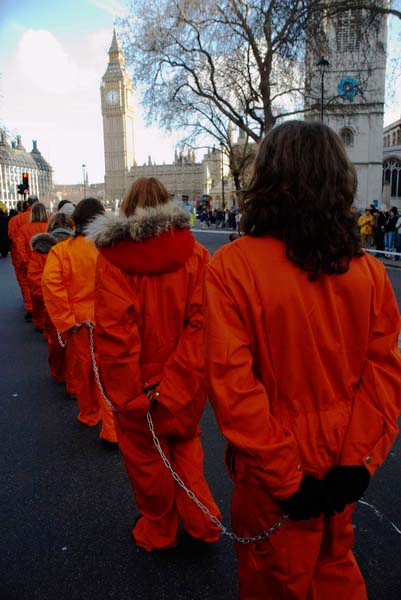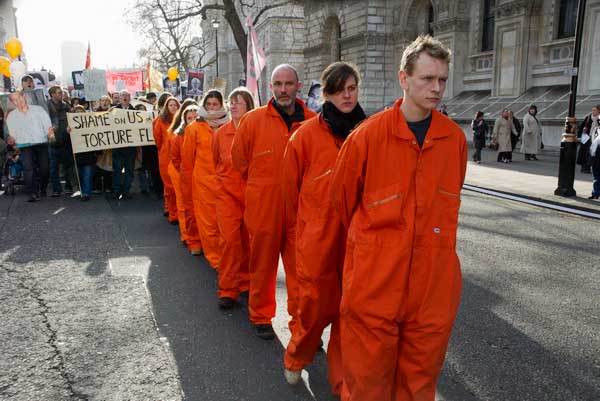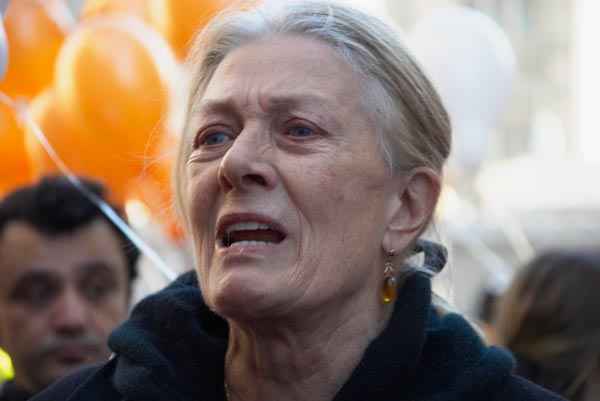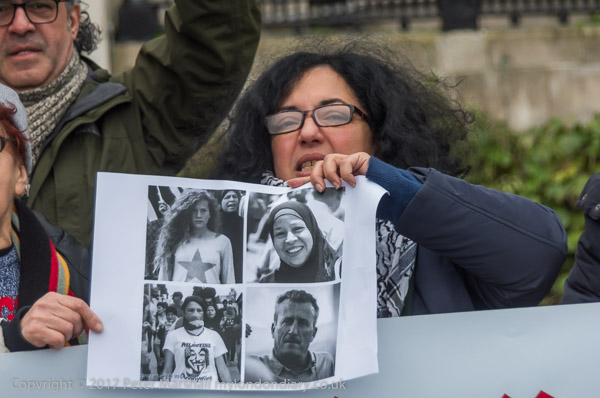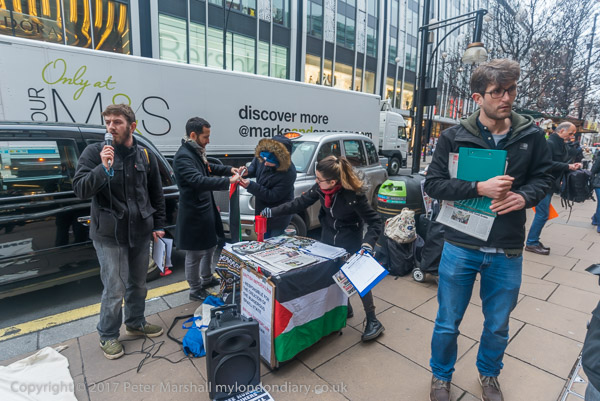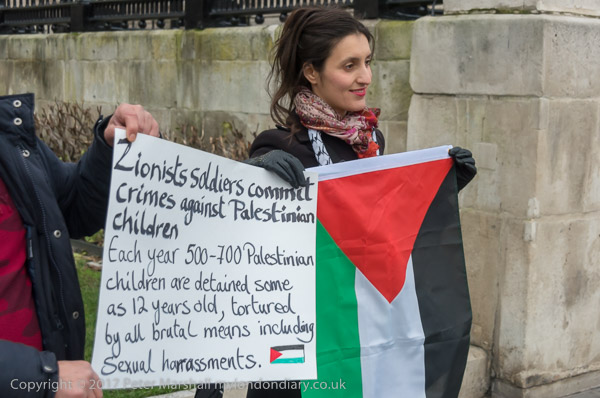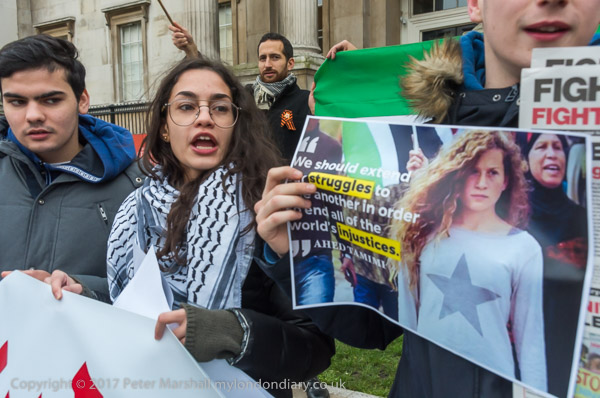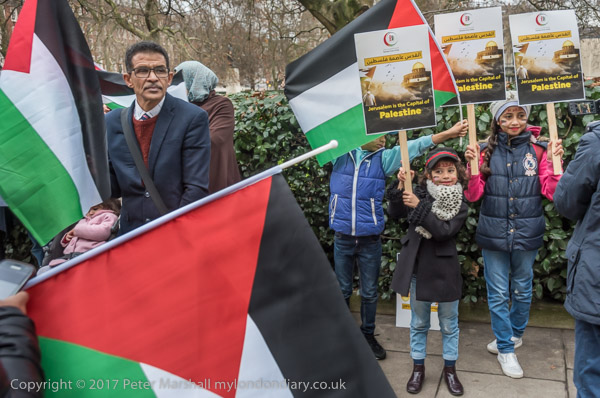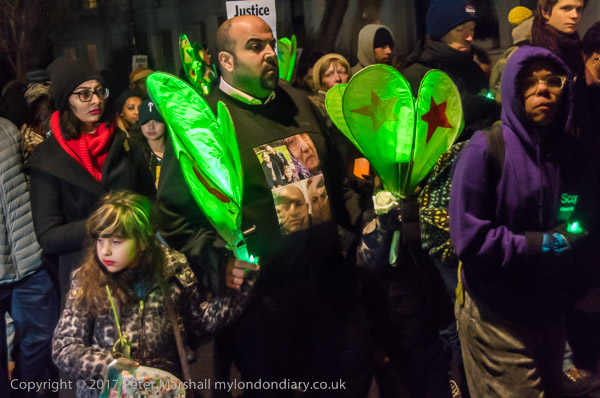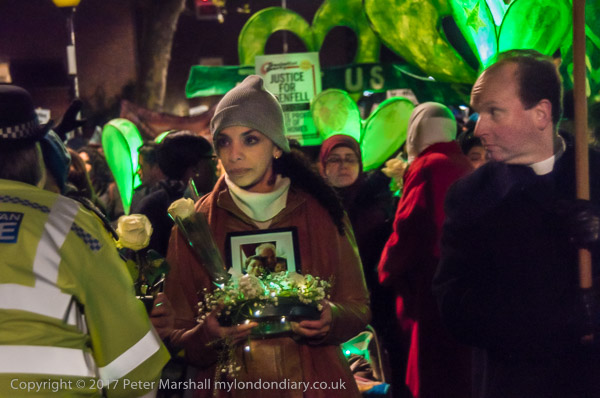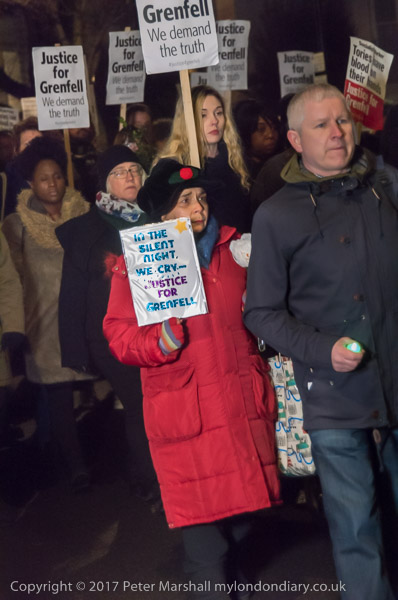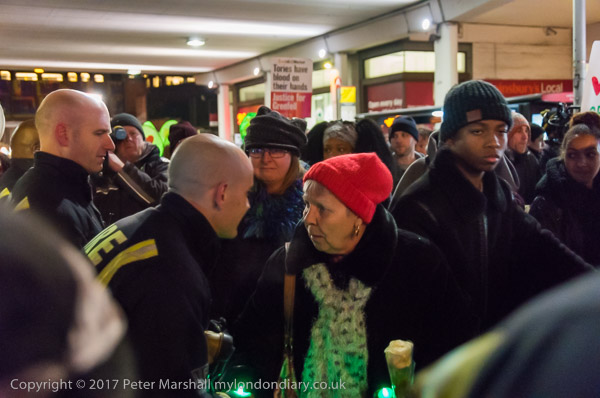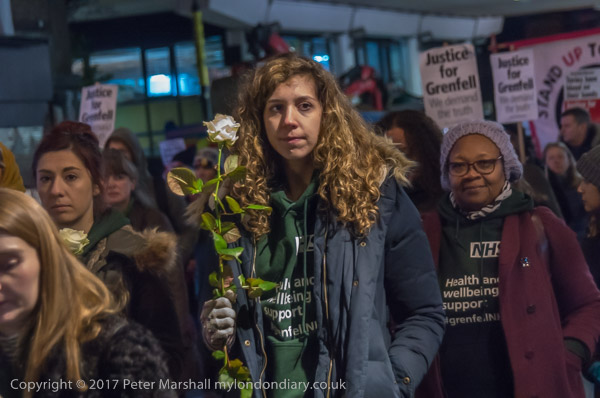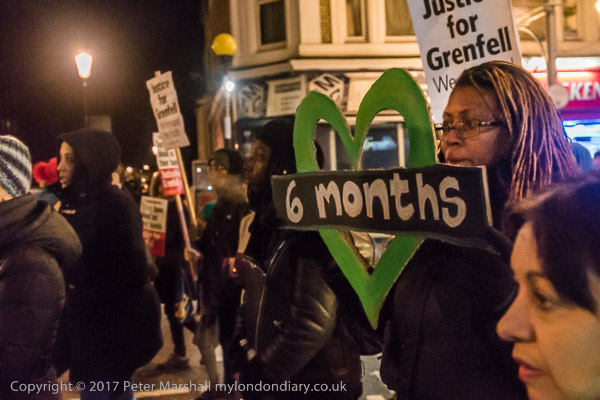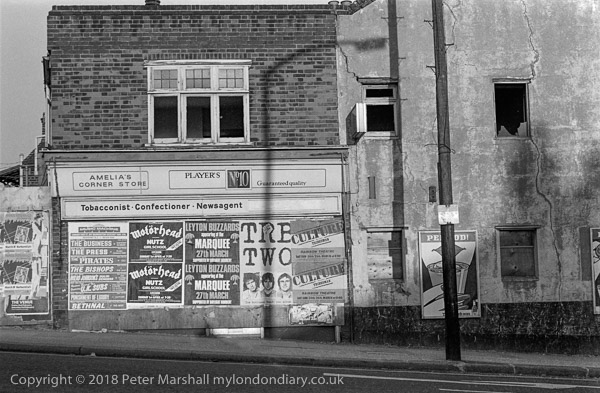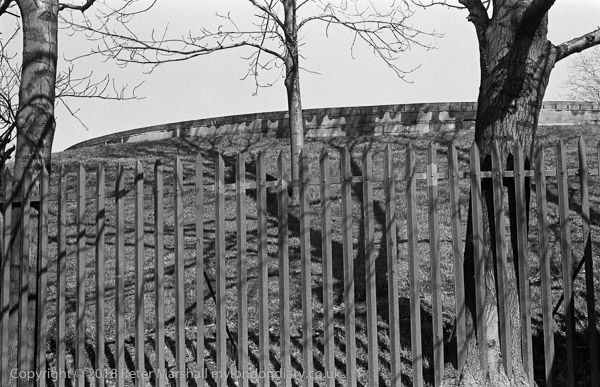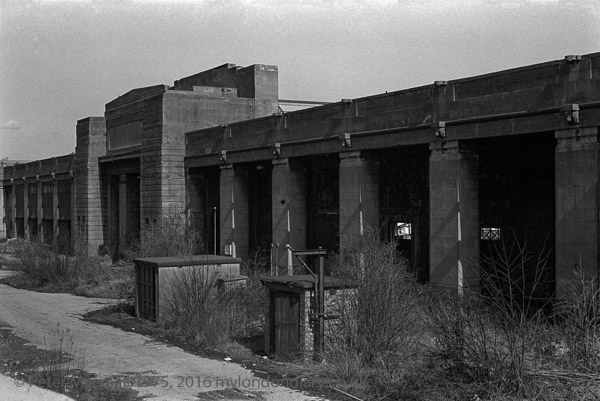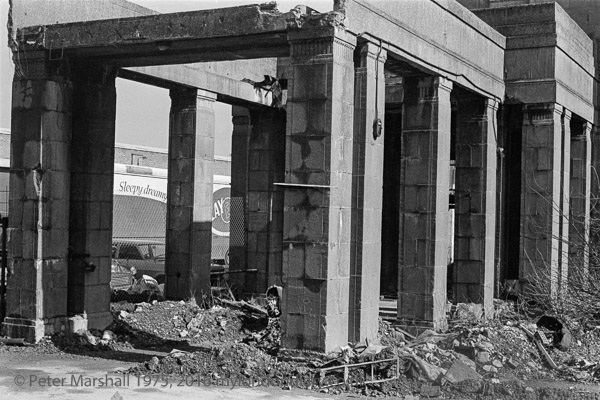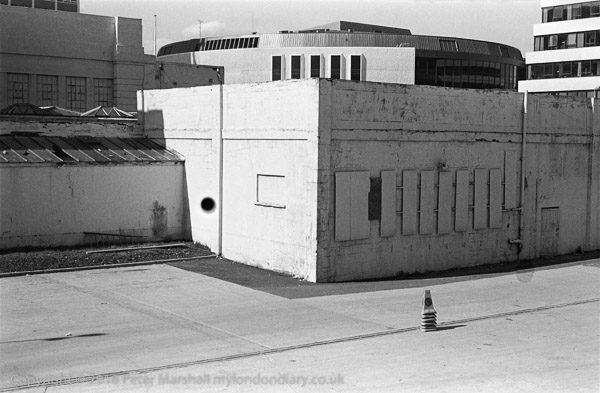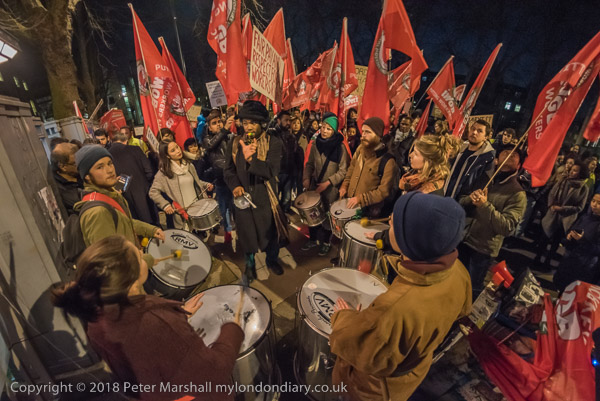
I like to photograph the protests organised by the IWGB (Independent Workers Union of Great Britain) both because they are noisy, lively and generally photogenic, but also because I think it scandalous the way low paid workers are treated.
I’ve written often enough about out-sourcing and how it is used by companies to try and evade their duty as responsible employers, hiding behind the convenient fiction that they have no responsibility towards these people whose work is essential to the running of their organisations because they pay another company to employ them. It simply doesn’t wash.
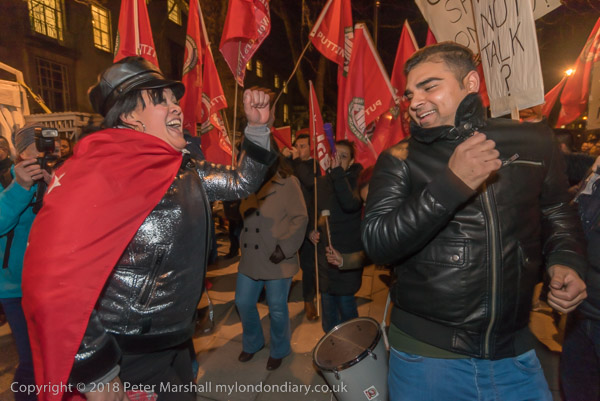
As well as low wages and the legal minimum conditions of service – holidays, sick pay, pensions – outsourced workers also generally suffer from poor and sometimes despotic management, with overwork and bullying rife. Many too are on zero hours contracts, a legal fiction which is effectively a non-contract which works only in the interests of the employer and lays employees open to various unfair practices.
I’d gone to photograph the protest by cleaners, receptionists, security officers, porters and post room staff at the central administration of the University of London who had been on strike and picketing since the early morning. The picket over (severely restricted by Thatcherian anti-union laws) they were joined by other workers and supporters and myself for a loud rally in the early evening.
There was music on a PA system, much waving of flags and shouting of demands, and a great samba band all reminding the University that its workers are demanding to be directly employed. And at the end a number of speeches by the workers and their trade union leader, as well as other trade unionists in support.
And there was then a surprise. Well, by then it was not a surprise to me as one of the trade union leaders had whispered in my ear (though given the noise level I think he had to shout) earlier what would happen, and a double-decker bus arrived and we were invited to go on a mystery tour to another location where the IWGB are in dispute.
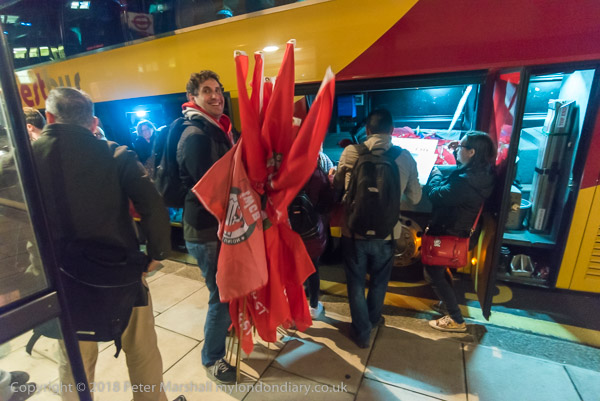
The location was not announced (though I had been told) so that the police and others listening could not warn those at our destination, where the IWGB hoped to be able to walk in and protest in the foyer. I wasn’t entirely pleased with the idea, as I was getting rather hungry and wanted to get home where dinner was waiting, but it was an opportunity not to be missed. The journey through London in the evening rush hour was hideously slow but eventually we were dropped off just around the corner from our destination, and got ready, walking quietly towards the doors. Two people went ahead and held them open as we arrived and walked in with two security guards helpless to stop us.
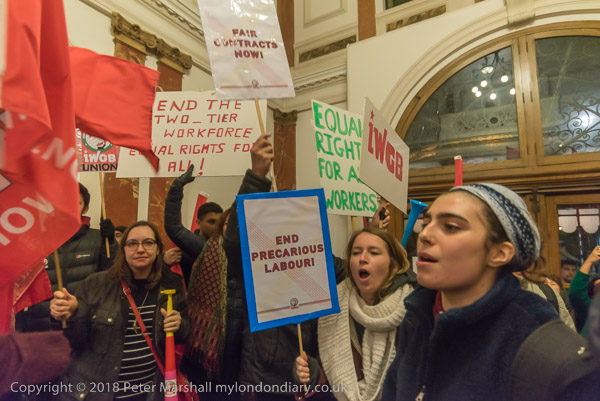
We were at the Royal College of Music, another academic institution that outsources its cleaners to evade its responsibilities, and where Tenon FM who recently took over the cleaning contract decided to unilaterally cut hours in half and change shift times, telling the cleaners they must work at times most already have other cleaning jobs. The cleaners now threatened with dismissal for refusing to accept the new hours.
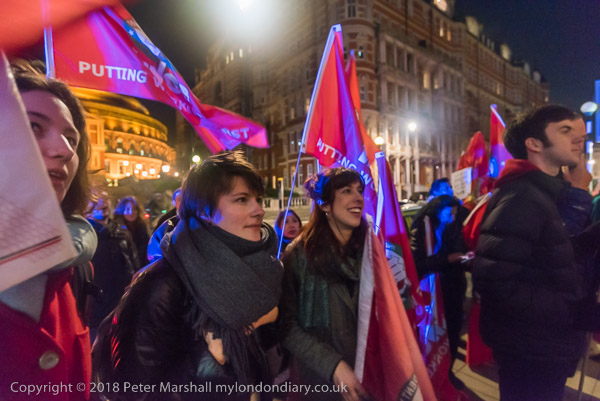
After 12 minutes, the police arrived and ordered the protesters outside, where the protest continued on the pavement. One of the police officers was clearly incensed at the way the protesters were behaving and seemed likely to arrest some of them, but his colleagues restrained him. The protest appeared to be lawful and the police should not be taking sides as he so obviously was.
Flashing blue lights from police cars make photography a little unpredictable, and produce some strange effects, which are seldom too appealing. The high-output blue LEDs have a very limited spectral range, turning everything directly illuminated by them an intense blue. But the protest appeared to have settled down and I felt nothing much else was going to happen, so I left for home and food.
More on the two protests at:
Cleaners rush into Royal College of Music
End Outsourcing at University of London
There are no adverts on this site and it receives no sponsorship, and I like to keep it that way. But it does take a considerable amount of my time and thought, and if you enjoy reading it, a small donation – perhaps the cost of a beer – would be appreciated.
My London Diary : London Photos : Hull : River Lea/Lee Valley : London’s Industrial Heritage
All photographs on this and my other sites, unless otherwise stated, are taken by and copyright of Peter Marshall, and are available for reproduction or can be bought as prints.
To order prints or reproduce images
________________________________________________________
